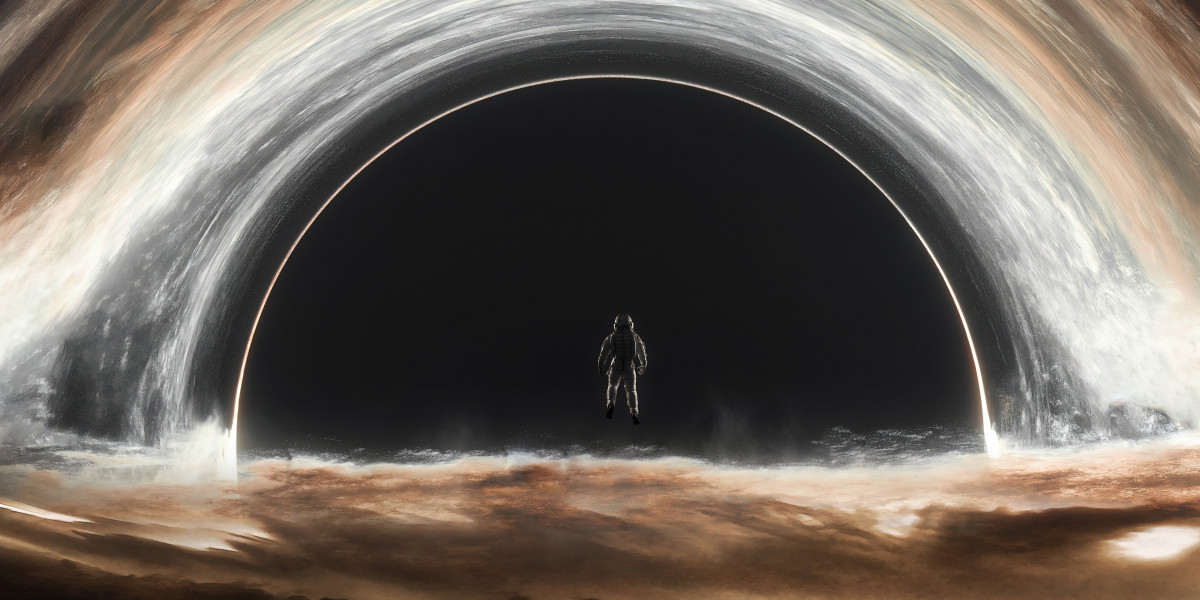In recent years, 3D metal printers have emerged as a groundbreaking technology, reshaping the landscape of manufacturing. These advanced machines allow for the creation of complex metal components with unprecedented precision and efficiency. But what exactly are the implications of this technology for the future of production processes?

Understanding 3D Metal Printers
3D metal printers utilize additive manufacturing techniques to build parts layer by layer. Unlike traditional subtractive manufacturing methods, which often involve cutting away material, 3D printing adds material to create intricate designs. This process not only minimizes waste but also enables the production of geometries that would be impossible to achieve with conventional techniques.
Key Advantages of 3D Metal Printing
- Design Flexibility: The ability to create complex shapes and structures without the constraints of traditional manufacturing.
- Material Efficiency: Reduced waste due to the additive nature of the process.
- Customization: Easy adaptation for bespoke parts tailored to specific applications.
- Speed: Faster production times for prototypes and small batches.
Applications of 3D Metal Printers
The versatility of 3D metal printers has led to their adoption across various industries. For instance, in the aerospace sector, manufacturers are using these printers to produce lightweight components that enhance fuel efficiency. Similarly, the medical field benefits from the ability to create customized implants and prosthetics that perfectly fit individual patients.
Challenges and Considerations
Despite their advantages, the integration of 3D metal printers into existing production lines is not without challenges. Issues such as material costs, the need for skilled operators, and regulatory compliance can pose significant hurdles. However, as technology continues to evolve, many of these challenges are being addressed, paving the way for broader adoption.
The Future of 3D Metal Printing
Looking ahead, the future of 3D metal printers appears promising. Innovations in materials and printing techniques are expected to enhance the capabilities of these machines, making them even more accessible to manufacturers of all sizes. As industries increasingly recognize the benefits of this technology, we may witness a shift in how products are designed and produced.
Conclusion
In conclusion, 3D metal printers are not just a passing trend; they represent a significant leap forward in manufacturing technology. By embracing this innovative approach, companies can improve efficiency, reduce waste, and create highly customized products. For those interested in exploring the world of 3D printing, consider visiting to discover a range of options that can help revolutionize your production processes.








